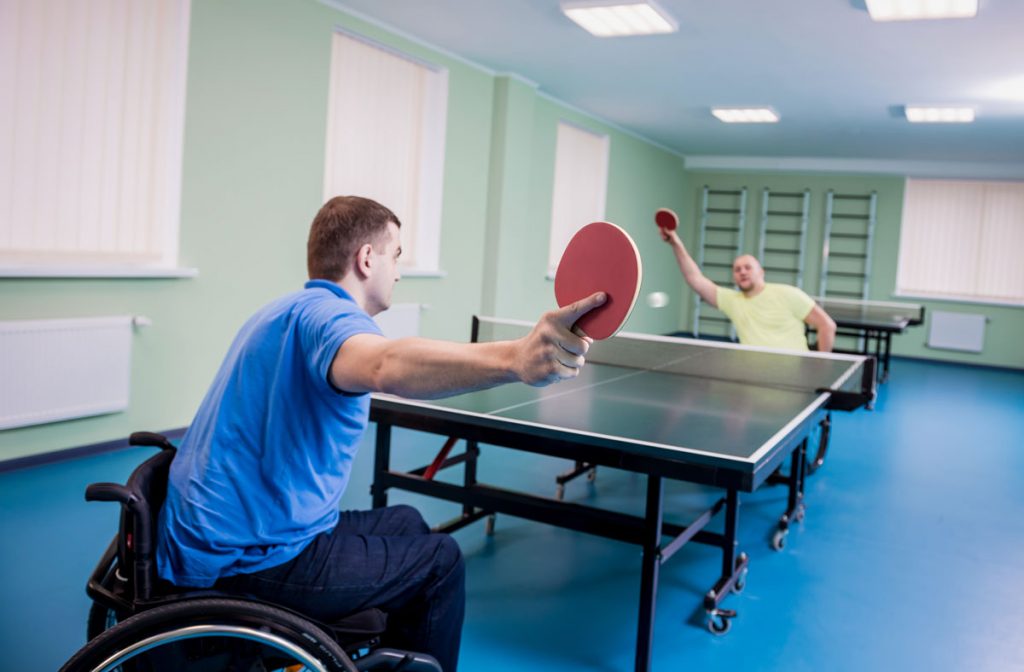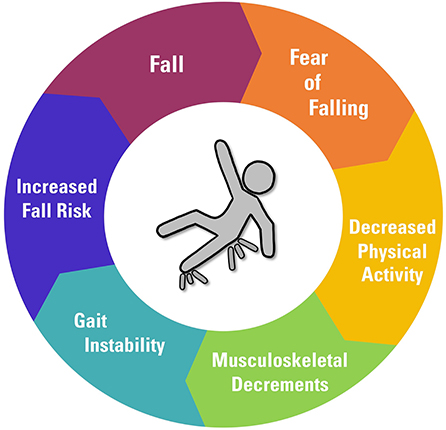How Dementia Fall Risk can Save You Time, Stress, and Money.
Table of ContentsAn Unbiased View of Dementia Fall RiskThe Basic Principles Of Dementia Fall Risk More About Dementia Fall Risk10 Easy Facts About Dementia Fall Risk Described
A fall danger evaluation checks to see how most likely it is that you will drop. It is primarily provided for older adults. The assessment typically consists of: This includes a series of concerns regarding your total health and if you have actually had previous falls or problems with balance, standing, and/or walking. These tools test your stamina, balance, and gait (the way you stroll).STEADI includes screening, analyzing, and treatment. Interventions are referrals that may lower your risk of dropping. STEADI includes three actions: you for your risk of succumbing to your danger variables that can be boosted to try to stop drops (for instance, equilibrium issues, impaired vision) to minimize your danger of dropping by utilizing reliable techniques (for instance, supplying education and learning and resources), you may be asked several questions consisting of: Have you dropped in the past year? Do you really feel unsteady when standing or strolling? Are you fretted about falling?, your provider will certainly check your strength, balance, and stride, making use of the adhering to loss assessment tools: This examination checks your stride.
Then you'll take a seat once again. Your company will inspect the length of time it takes you to do this. If it takes you 12 secs or even more, it might mean you are at greater risk for an autumn. This examination checks strength and equilibrium. You'll sit in a chair with your arms went across over your breast.
The positions will obtain more difficult as you go. Stand with your feet side-by-side. Relocate one foot midway ahead, so the instep is touching the huge toe of your various other foot. Relocate one foot totally in front of the various other, so the toes are touching the heel of your other foot.
The Best Guide To Dementia Fall Risk
Most drops take place as a result of multiple adding elements; therefore, managing the danger of falling starts with recognizing the variables that add to drop danger - Dementia Fall Risk. Some of the most appropriate threat variables consist of: History of prior fallsChronic clinical conditionsAcute illnessImpaired gait and balance, lower extremity weaknessCognitive impairmentChanges in visionCertain risky medicines and polypharmacyEnvironmental factors can also enhance the danger for falls, including: Inadequate lightingUneven or harmed flooringWet or unsafe floorsMissing or damaged handrails and grab barsDamaged or incorrectly fitted devices, such as beds, wheelchairs, or walkersImproper use of assistive devicesInadequate supervision of the individuals living in the NF, consisting of those who display hostile behaviorsA effective autumn risk monitoring program needs a comprehensive scientific analysis, with input from all participants of the interdisciplinary team
.png)
The treatment strategy need to additionally consist of treatments that are system-based, such as those that advertise a risk-free atmosphere (proper lights, handrails, grab bars, etc). The effectiveness of the interventions must be reviewed occasionally, and the treatment plan revised as necessary to mirror adjustments in the loss risk assessment. Implementing an autumn danger monitoring system utilizing read evidence-based ideal practice can minimize the frequency of drops in the NF, while restricting the capacity for fall-related injuries.
Things about Dementia Fall Risk
The AGS/BGS guideline recommends evaluating all grownups matured 65 years and older for autumn threat yearly. This testing is composed of asking individuals whether they have fallen 2 or even more times in the previous year or sought clinical focus for an autumn, or, if they have actually not dropped, whether they feel unsteady when walking.
People who have fallen when without injury ought to have their equilibrium and gait reviewed; those with stride or equilibrium irregularities ought to obtain additional analysis. A background of 1 autumn without injury and without stride or equilibrium problems does not necessitate more assessment beyond ongoing annual autumn danger testing. Dementia Fall Risk. A loss risk assessment is called for as part of the Welcome to Medicare assessment

The smart Trick of Dementia Fall Risk That Nobody is Talking About
Documenting a falls background is one of the quality indications for loss prevention and why not look here monitoring. Psychoactive medications in certain are independent forecasters of falls.
Postural hypotension can often be relieved by minimizing the dose of blood pressurelowering drugs and/or stopping medicines that have orthostatic hypotension as a side effect. Use above-the-knee support pipe and resting with the head of the bed elevated may also reduce postural reductions in high blood pressure. The advisable components of a fall-focused health examination are received Box 1.

A pull time higher than or equal to 12 seconds suggests high loss danger. The 30-Second Chair Stand examination analyzes reduced extremity strength and equilibrium. Being not able to stand from a chair of knee height without using one's arms shows enhanced loss threat. The 4-Stage Equilibrium test analyzes static balance by having the individual stand in 4 placements, each gradually a lot more challenging.